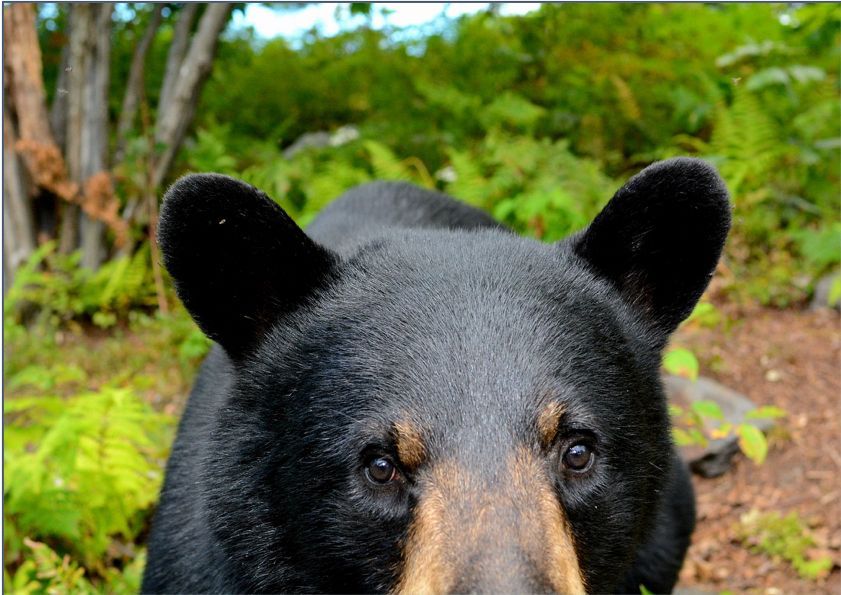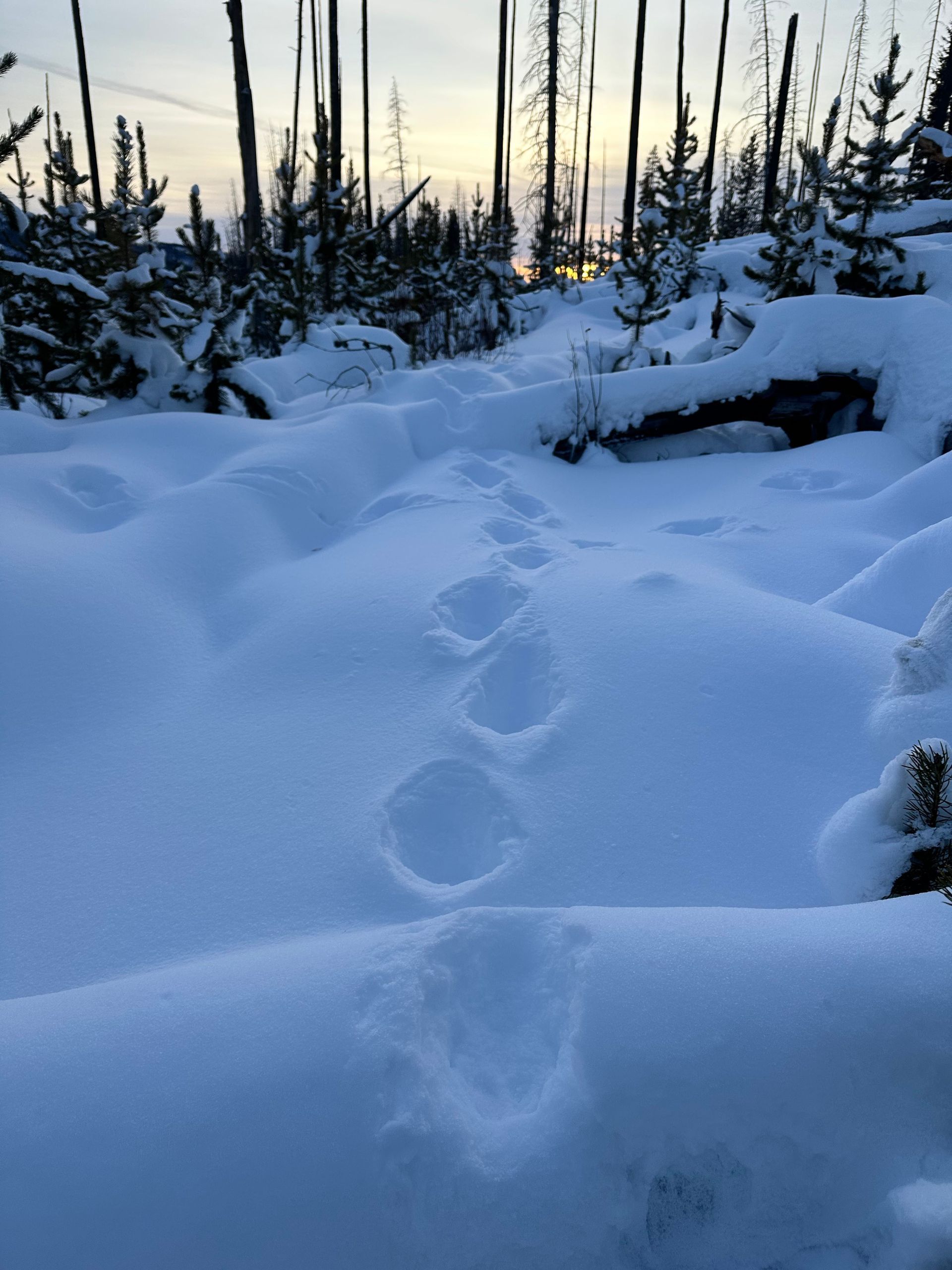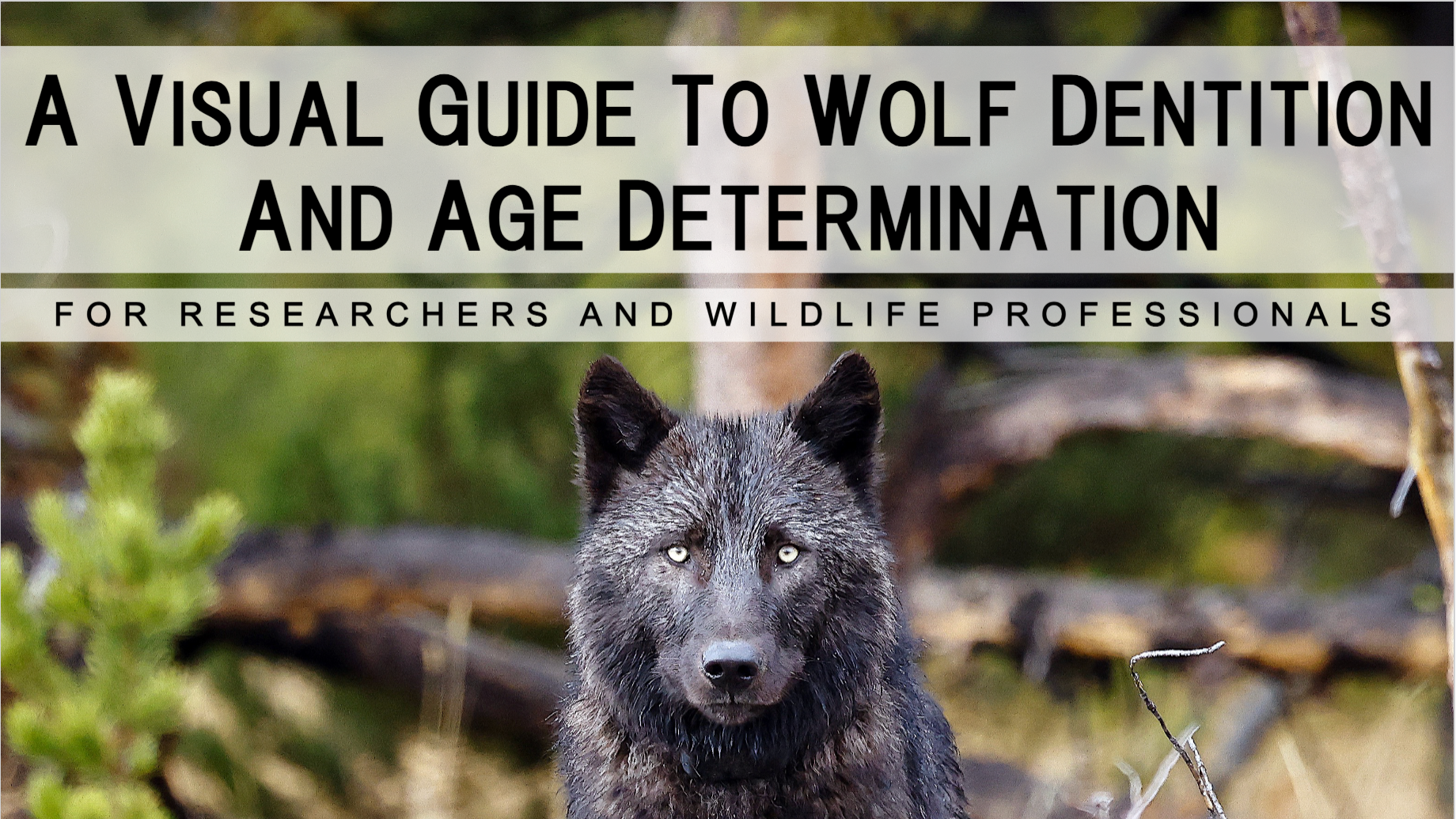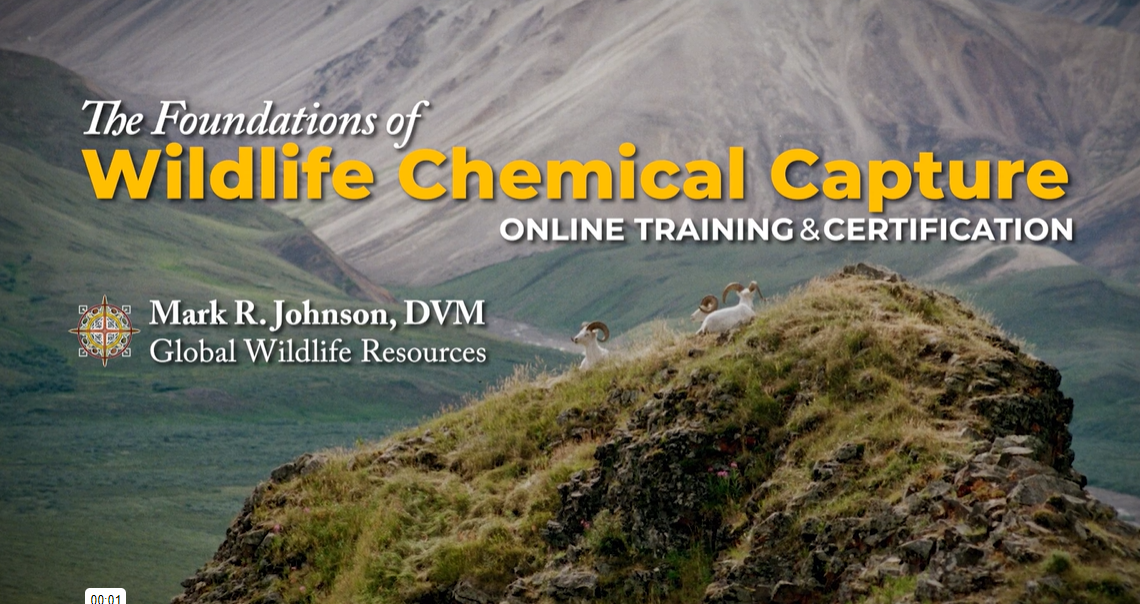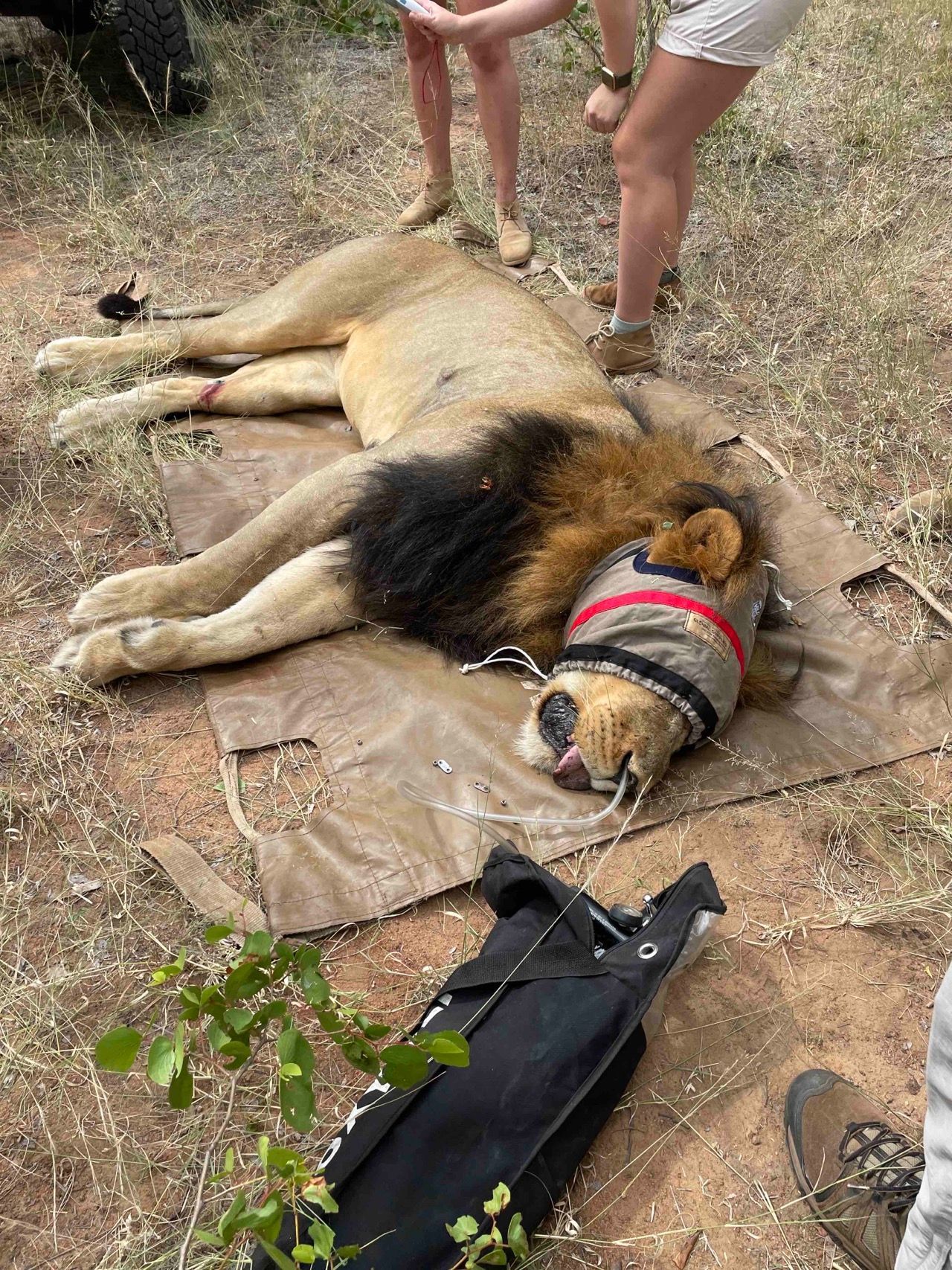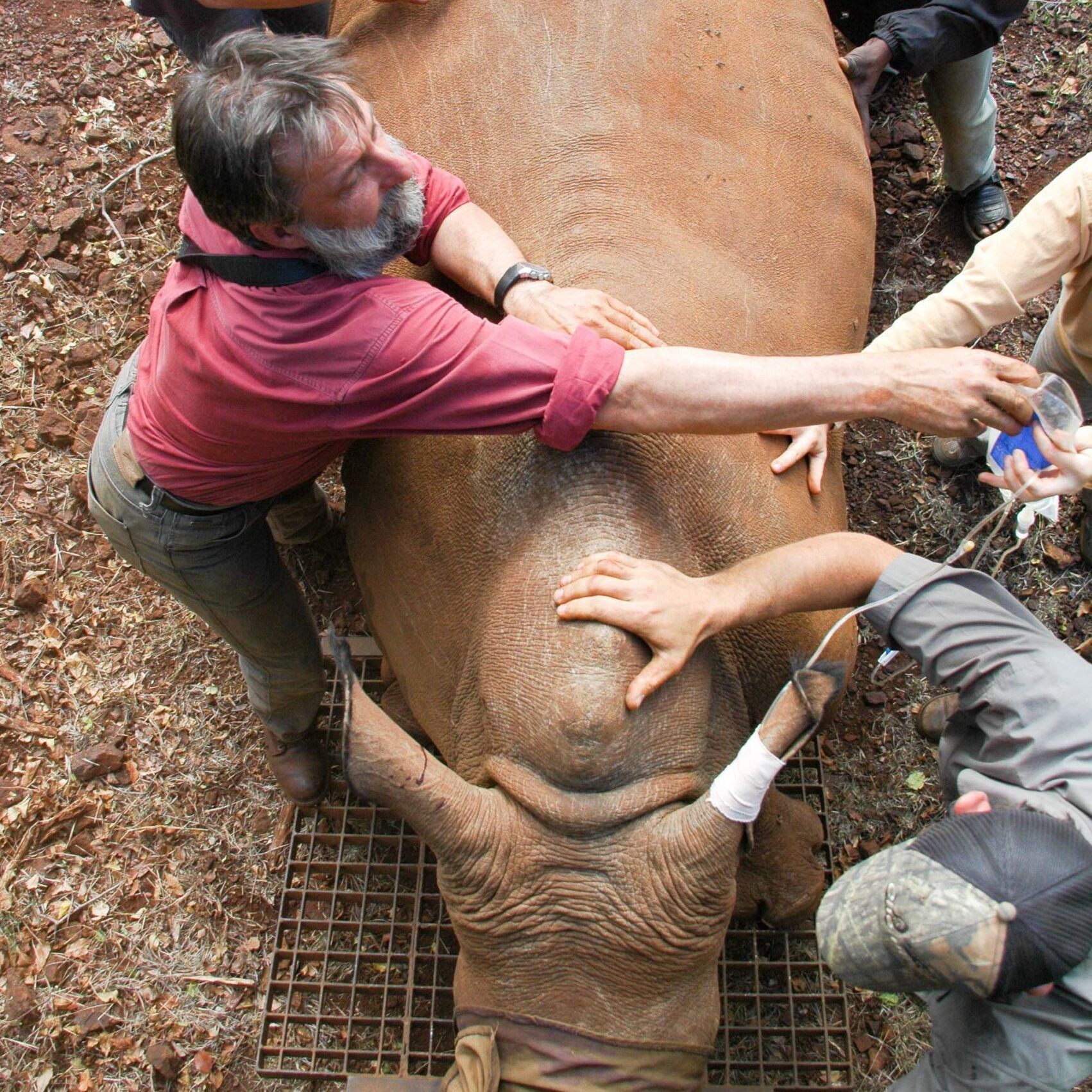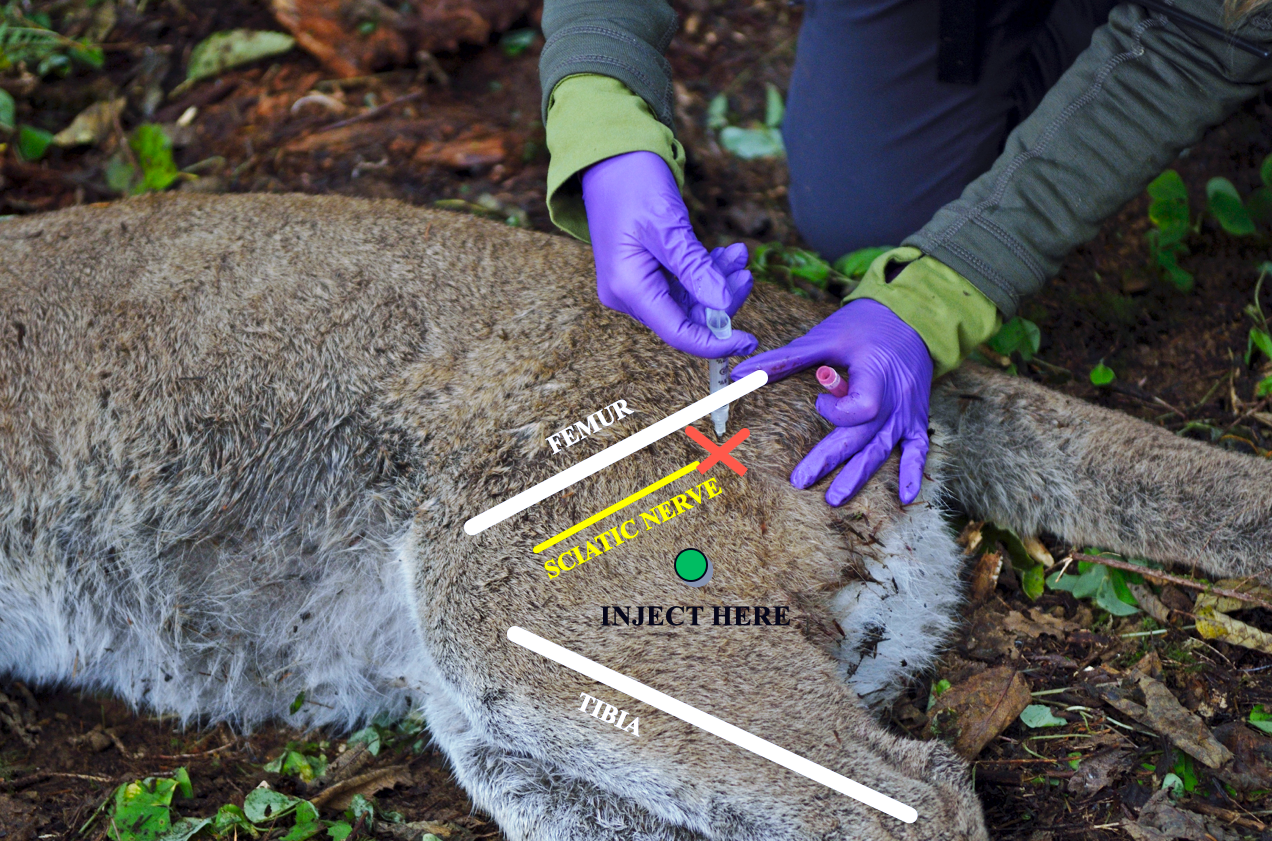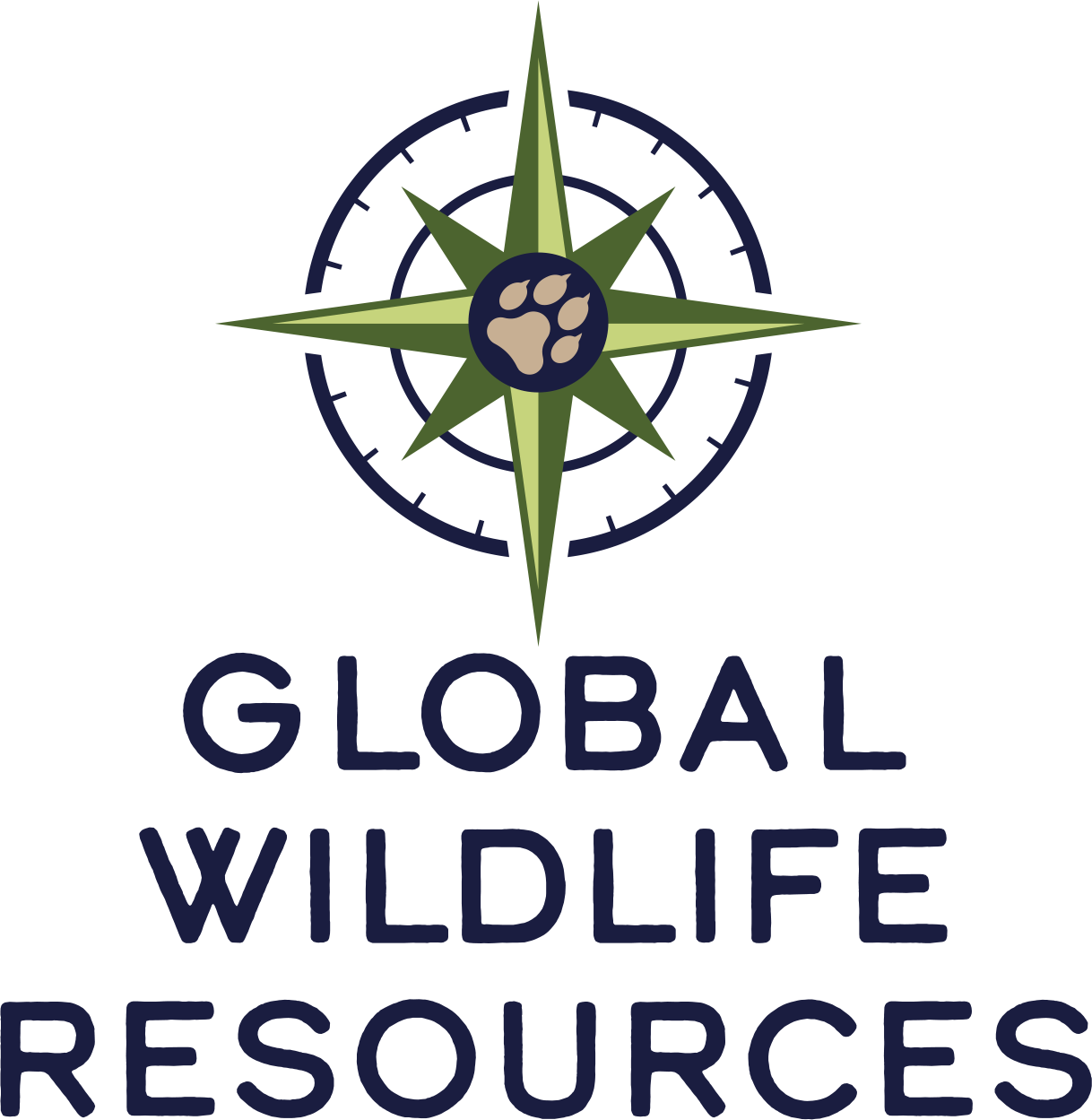Staying Positive During These Challenging Times
Just yesterday I read an article where seismic researchers are documenting that the planet is vibrating less with our reduced transportation and activity.
These are significant and challenging times and for now, a new way of life. One of the most important things we can do is to think and act positive. There are indeed important things we can be DOING to reduce the rapid spread of this pandemic. But there are also important ways of BEING – to be positive and constructive. What are these?
Our change in life style is helping us realize what is important to us. Families are spending more time together. My neighbors are sewing masks to give to the neighborhood and hospitals. People are making daily phone calls to those who are isolated. The younger generation in China is seeing blue skies for the first time. We have more time to spend in Nature. I have cancelled three courses but finally have time to create the online courses and eBooks I have wanted for years.
But what does this have to do with wildlife capture and handling?
Most books and courses in wildlife chemical capture talk about what to do – ways of DOING. But it is very important to practice ways of BEING as well. We can be caring and compassionate to the animals we capture and handle. We can be kind and respectful to every person, every professional colleague. We can be bringing heart-felt values into our science and profession not only to improve animal handling but to also allow ourselves to be fully human. We will be healthier and happier and the profession and our community will be benefit.
I hope you get through these challenging times with as little hardship as possible. I also hope that gifts come to you in many different ways, ways that are more visible during these slower times. – Dr. Mark
Share with your Connections
More articles for you....

